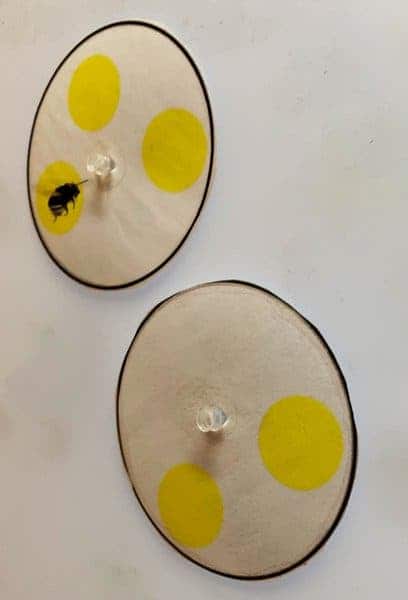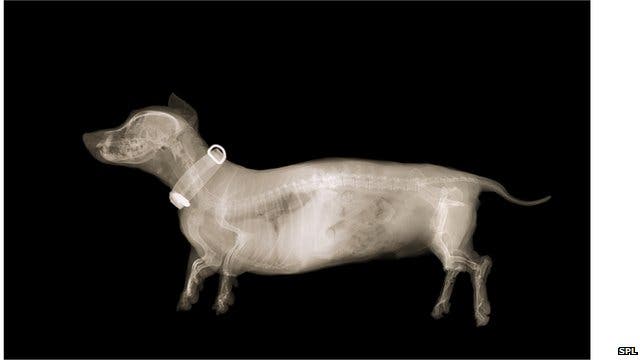In the future, people looking to lose weight might turn to a novel solution: freezing a nerve that controls appetite. Researchers at the Emory University School of Medicine in Atlanta tried this procedure on ten participants with mild to moderate obesity, and all of them lost excess weight over the course a year.

The vagus nerve is the longest cranial nerve. It contains motor and sensory fibers and, because it passes through the neck and thorax to the abdomen, has the widest distribution in the body. Researchers targeted a part of the vagus nerve called the posterior vagal trunk, which is found at the base of the esophagus and whose role is to signal to the brain that the stomach is full.
Researchers led by David Prologo, an interventional radiologist at Emory University, inserted a needle through the participants’ back and, guided by computed tomography imaging, zeroed in on the posterior vagal trunk. Once the nerve was found, the surgeons released argon gas through the needle, which cooled the nerve to freezing temperatures, paralyzing it, and preventing it from relaying signals to the brain. The nerve is also involved in moving food through the stomach, and once disabled, patients feel full for longer.
All subjects reported decreased appetite and the overall average weight loss was 3.6% of the initial body weight and an average decline of nearly 14% of the excess body mass index (BMI). Before the study began, the participants, aged 27 to 60, had body mass indexes (BMIs) between 30 and 37, which made them mildly to moderately obese. There were no reported side-effects, although the procedure comes at a risk of bleeding (which didn’t happen in these participants).
According to Prologo, this nerve-freezing eventually wears off eight to twelve months later. Meanwhile, the subjects can still feel hunger because there is also the anterior vagal trunk, which remains unfrozen. The participants’ appetite, however, was reduced significantly enough for them to experience weight loss. Prologo says that the participants lost weight steadily, which is a good thing. Losing weight too quickly is usually followed by a rebound.
“Medical literature shows the vast majority of weight-loss programs fail, especially when people attempt to reduce their food intake,” said Prologo. “When our stomachs are empty, the body senses this and switches to food-seeking survival mode. We’re not trying to eliminate this biological response, only reduce the strength of this signal to the brain to provide a new, sustainable solution to the difficult problem of treating mild obesity.”
This is a pilot study with no control group, so the results should be taken with a grain of salt. Further studies will have to replicate the efficacy of the procedure before people can apply for it. One concern is that freezing this nerve will force the body, which isn’t ‘stupid’, to compensate. What that means is that the body could sense that it could be in danger and might respond by slowing down the metabolism. Prologo says that he and colleagues are already working with new participants and hope to publish a new study soon.
The findings were presented on March 21st at the at the Annual Scientific Meeting of the Society of Interventional Radiology in Los Angeles.





